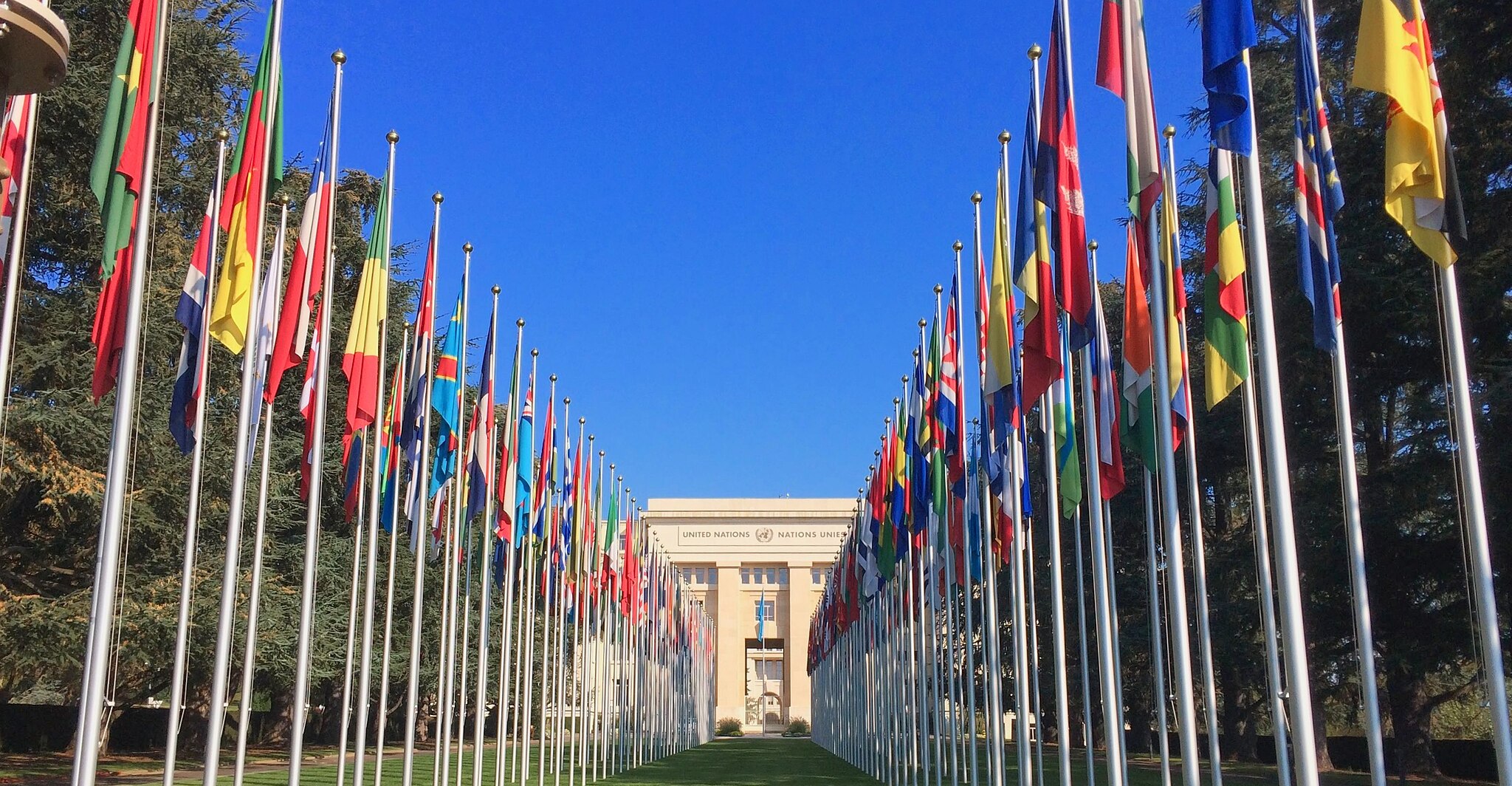World leaders adopted a “Pact for the Future” at the 2024 UN Summit for the Future on Sunday, affirming their renewed commitments to a number of key international goals.
The president of the General Assembly, Philémon Yang of Cameroon, described the summit as “a call to action” that recommits states to “the principles of international law, the goals of the 2030 Agenda for Sustainable Development and the promise of the United Nations Charter to save future generations from the pain of war.” The pact received broad support from states, with 143 votes in favor, seven against and 15 abstentions. The agreement aims to address global challenges through 56 actions under five key themes:
- Sustainable Development and Financing
- International Peace and Security
- Science, Technology, Innovation and Digital Cooperation
- Youth and Future Generations
- Transforming Global Governance
The actions include commitments to reform the UN Security Council, with a focus on potentially restricting the use of veto powers and expanding the council’s membership to make it more representative of the international system. Currently, veto powers are reserved for the five permanent members of the Security Council—China, France, Russia, the US, and the UK. The veto power allows them to block resolutions, regardless of broad support from other states. Concerns over veto powers were raised during an assembly debate in April 2024, where former UN Assembly President Dennis Francis declared that the growing use of the veto threatens to “paralyze not only the Council itself but also the United Nations’ ability to effectively address peace and security issues.”
Other actions in the pact aim to promote adherence to the Sustainable Development Goals (SDGs) across states. The SDGs, a set of non-binding objectives adopted by UN member states in 2015, focus on promoting global health, justice, and prosperity. The goals have faced widespread criticism for failing to promote effective responses to global challenges, particularly after a recent 2024 report indicated that only 17 percent of the 169 targets are currently on track to be met by 2030. In an effort to respond to these deficiencies, the pact outlines various avenues by which state circumstances may be better aligned with the SDGs, including tackling the financing gap in developing countries, ensuring accessible institutions and enabling the inclusion of women and girls through the removal of legal, economic and social barriers to equality.
A Global Digital Compact was annexed to the pact, acknowledging the specific risks posed by emerging technologies and emphasizing the need for human oversight and cooperation to bridge digital divides. In acknowledging the agreement’s intended impact on future generations, the Pact for the Future also includes an annex titled “Declaration on Future Generations” which outlines guiding principles and actions for the global community in building a “better future for generations to come”. This declaration requests the Secretary-General present a report on its implementation at a high-level plenary meeting during the 83rd session of the General Assembly. During this meeting, updates will be provided on the future actions that will be necessary to preserve the interests of future generations.


